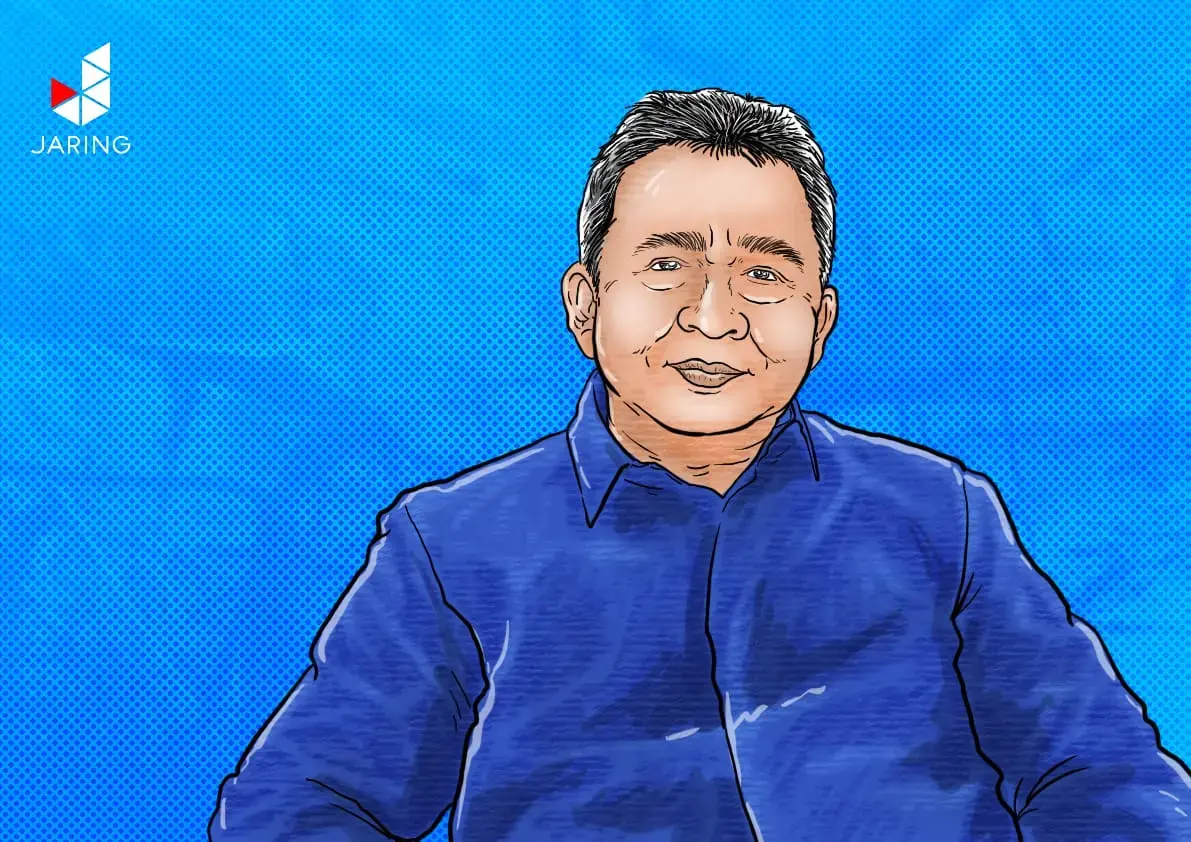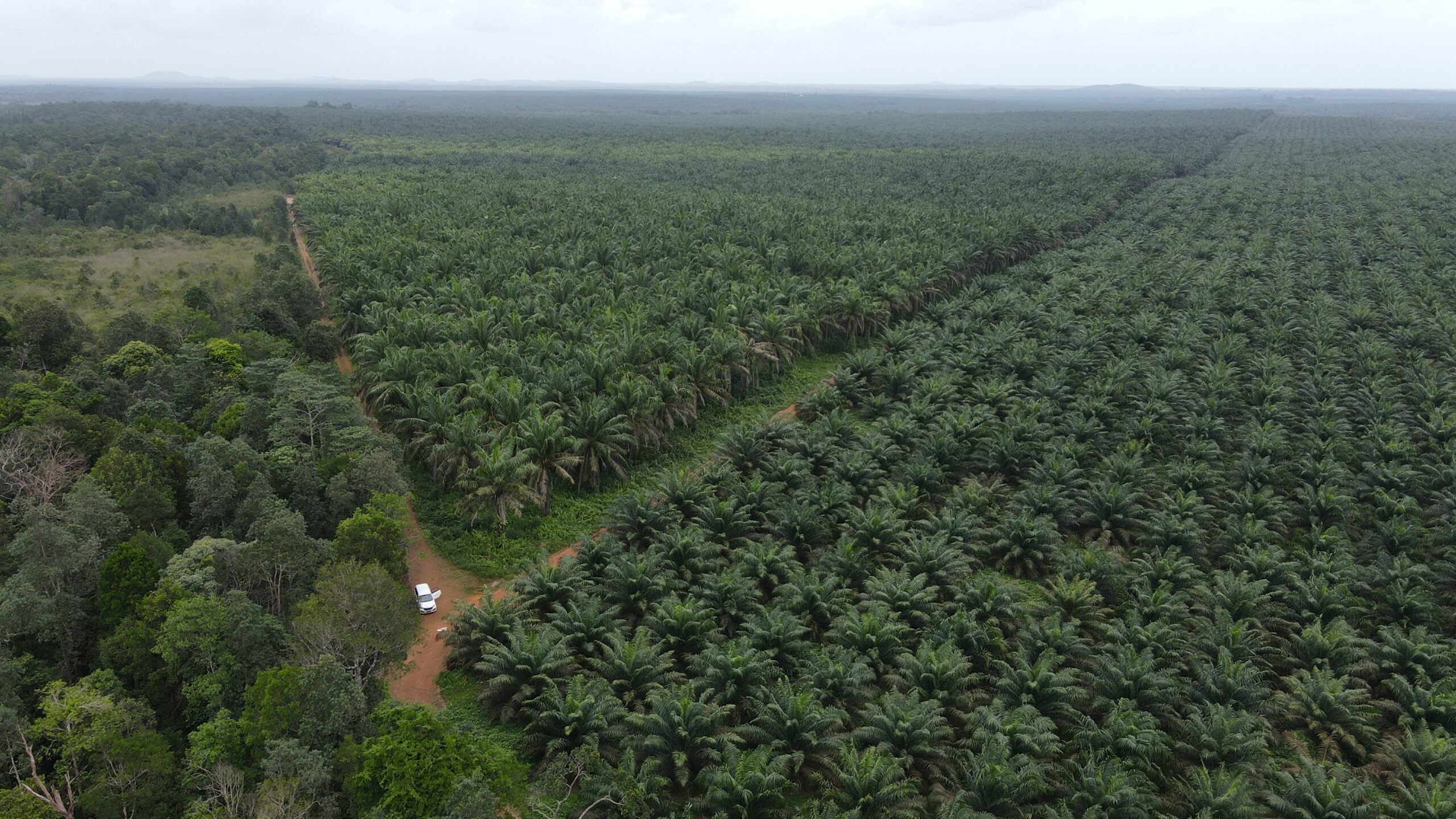This story excerpt was translated from bahasa Indonesia. To read the original story in full, visit Jaring. You may also view the original story on the Rainforest Journalism Fund website here. Our website is available in English, Spanish, bahasa Indonesia, French, and Portuguese.

Hundreds of hectares of oil palm plantations managed by PT Steelindo Wahana Perkasa and PT Parit Sembada in Belitung were planted on forest areas. The use of forest areas by this subsidiary of the Malaysian company Kuala Lumpur Kepong Berhad (KLK) has allegedly been going on for decades.
This overlapping issue was only discovered after the extension of the business use rights (HGU). The company's original land area of 14,000 hectares was cut by the Ministry of Agrarian Affairs and Spatial Planning/National Land Agency to around 13,600 hectares on the grounds that it was included in protected forest areas. Starting from the Mount Sepang Protected Forest, Mount Nayo, to Mount Kik Karak.
Instead of imposing sanctions, the government issued a decree that means extending the HGU to the company.
For one hour, Jaring.id questioned the overlapping of oil palm land on this forest area to the Director of Rights Determination and Registration of Land of the Ministry of ATR/BPN, Husaini, on February 27, 2023. The following is an excerpt of the interview:
As a nonprofit journalism organization, we depend on your support to fund journalism covering underreported issues around the world. Donate any amount today to become a Pulitzer Center Champion and receive exclusive benefits!

Can you explain the status of the HGU extension of PT SWP and PT PS?
They have received the allotment. Now it's an extension. The extension should be easier than the first grant. The extension no longer requires research into the history of the land. The first HGU grant has a lot of requirements.
The forest area must be released by the Minister of Forestry. After that, the HGU was applied for. That was the first grant. The stages of granting HGU are measured, then examined by the Land Examination Committee B. Its members are stakeholders, regents, heads of departments, forestry and mining agencies. They are the ones who propose whether or not to grant it. After that, the decision to grant HGU is given. After the decree is issued, the HGU certificate is issued.




